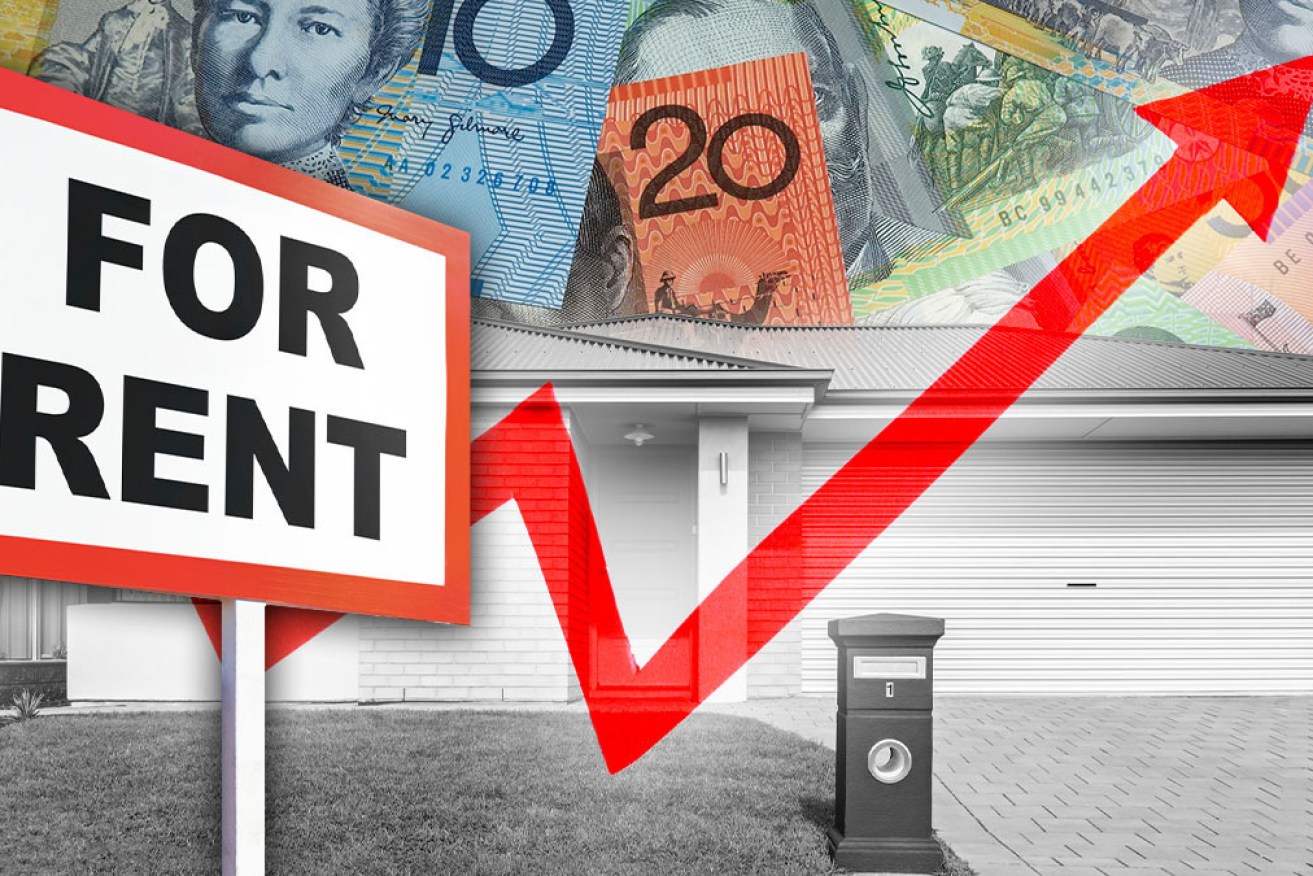Soaring rents add insult to injury in housing affordability crisis


Rent prices are increasing about three times faster than wages. Photo: TND
Rising house prices aren’t the only thing making it harder to save for a deposit: Weekly rents are also skyrocketing while wages stagnate.
Median national house rents are $18 higher than this time last year, a 4 per cent jump since the pandemic, according to new Domain data.
It means weekly rent offers are now increasing about three times faster than wages – a budget squeeze that’s pushing home ownership further out of reach for Australians trying to save for a mortgage.
“It’s really tough for renters to save for a deposit when faced with rapidly rising rents,” Domain senior research analyst Nicola Powell told The New Daily.
House rents are now rising at their fastest pace in more than a decade in Brisbane and Adelaide, and at their fastest since 2013 in Perth.








